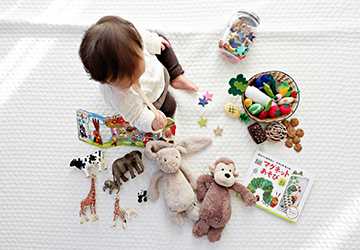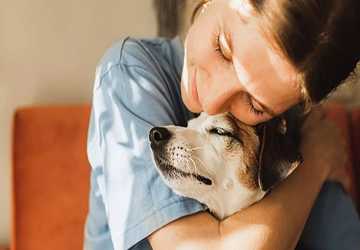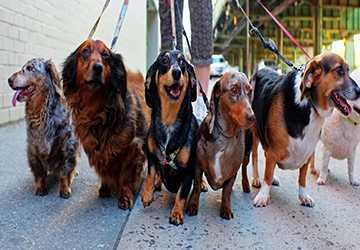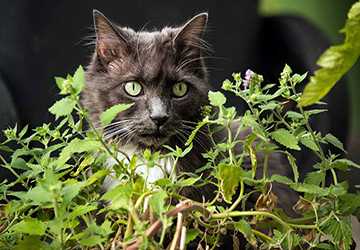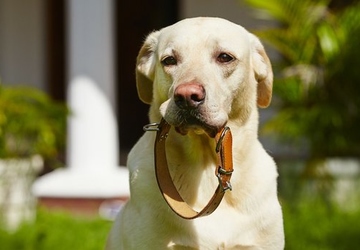Top 7 Dog Training Techniques That Work
Training your dog is as important as completing your mission and creating a happy and healthy companion. Although there are a plethora of techniques that are unlike dog training, not all methods suit dogs equally. Check out seven practical dog training principles that can produce outcomes for many dogs.
Positive Reinforcement Training
Positive reinforcement training, in which dogs' positive actions are appreciated, is one of the best ways to train dogs.
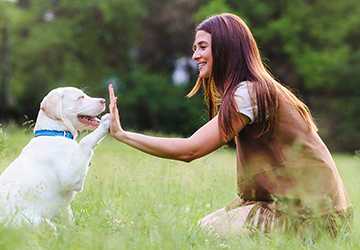
Positive reinforcement is most effective when we start by specifying the behaviour we want to strengthen, like being calm, following directions, or coming when called. When your puppy does what you want it to do at once, could you give it a treat and say those phrases? Having the marker word "yes" or "good" to identify the appropriate action is encouraging. After that, the reward is given.
It is essential that this training is consistent to see the results and changes in your dog. It will make them more efficient, and as they start understanding it, you won't even have to use treats to do the behaviour. Practice learning with concise, short training sessions to encourage learning and concentration before moving on to other activities.
Clicker Training
Operational conditioning, also known as clicker training, is an effective tool for animal training. A clicker is a small handheld gadget that emits a single clicking sound, which indicates desirable behaviour to be rewarded. Thus, this technique will be beneficial when presenting the required behaviours and putting the finishing touches on the learner's command response.
If you are starting clicker training, you must begin by introducing your dog to a treat they like or during their playtime. Make a click sound, and then follow up with your dog's favourite treat. In this way, perform multiple exercises, and once your dog has the hang of it, link it with that positive outcome for your dog.
Market Training
The first step is to train the marker using either vocal or visual cues. Marker training, more commonly known as target training, involves employing a marker cue, either a verbal cue (such as "yes" or "good") or a visual cue (like hand signs or clickers), during communication with the dog and highlighting positive behaviours. The training with markers should kick off by procuring a marker signal that your dog can comfortably respond to and reward negatively. Regarding verbal instructions, employ a single syllabus, polite tone of voice, and clear pronunciation. Let your hand signals be visually distinct so your dog can easily recognize them and obey your commands.
Behavioral Desensitization and Counterconditioning
Behavioural habituation and pairing are prodigious strategies that aid in eliminating fear and drastic responses in dogs. Such practices aim to make your pet acquainted with and like fearful or stressful objects and things by tying them with enjoyable experiences and altering their emotional response.
Begin by knowing what makes your dog react. It may be a loud noise, an unrecognized person or animal, or a particular place. Build up the scary noise or animal by creating a calm environment, such as playing a sound at low volume, having another person near, or having a mild pet dog. When your dog remains relaxed and calm, you should reward him with a treat, praise, or play, as these will create positive associations with the trigger.
Impulse Control Training
Impulse control training teaches dogs to exhibit self-control and restraint regardless of their situations, such as calmly waiting for food, politely greeting people, or resisting verbal distractions during walks.
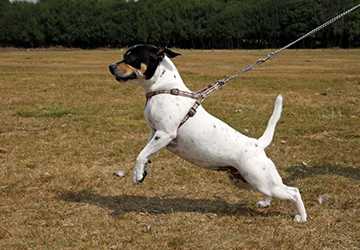
These methods aim to improve the dog's ability to be patient, maintain focus, and control its impulses. Impulse control exercises should be practised often in training sessions, and their difficulty and duration may slightly increase as the dog improves. Rewarding, praise, and calm redirection to enhance patient and controlled behaviour while imparting a perspective change to impulsive and boisterous behaviour will help train your pup.
Target Work and Emergency Touch Symbols
Verbal cues and touch commands, which indicate to the dog that it should touch a specific target with its nose, paw, target stick, hand, or mat, are essential training as they are brilliant aids to traditional commands. Some of these verbal commands may be employed in different instances, such as training a pet to do tricks, changing an animal's behaviour, and increasing its concentration level.
Initially, gentle training commands are as follows: " Touch the target object you see or put your hand" and reward the dog when it responds correctly. The significance of a verbal cue like "touch" or "target" to indicate the desired action shall be illustrated, and rewards such as treats, praise, or playing games shall be provided to your dog for touching the target.
Structured Socialization and Exposure
Scheduled socializing and exposure factor into your pet get-together process: You must carefully introduce your dog to new people, animals, environments, and stimuli safely and happily. This way, abundant dead or decaying matter is utilized as a resource that can produce food or fibre.
Begin puppy socialization and adopt methods in the dog's childhood, exposing them to different things, like sights, sounds, smells, and overall experiences in perfected and happy surroundings. Apply treats, praise, calm singing, or soothing behaviours to build easy relationships between encountering new objects of fear. Start with the people, animals, and environments at the lowest level of stress and begin slowly, offering friendly and low-intensity challenges, then smoothly increase the difficulty of the environment.
Conclusion
These additional dog training techniques should be added to your training routine: behavioural desensitization and counterconditioning, impulse control training, target training and touch commands, and structured socialization and exposure. These ideas will improve your dog's learning, behaviour, and emotional status.
